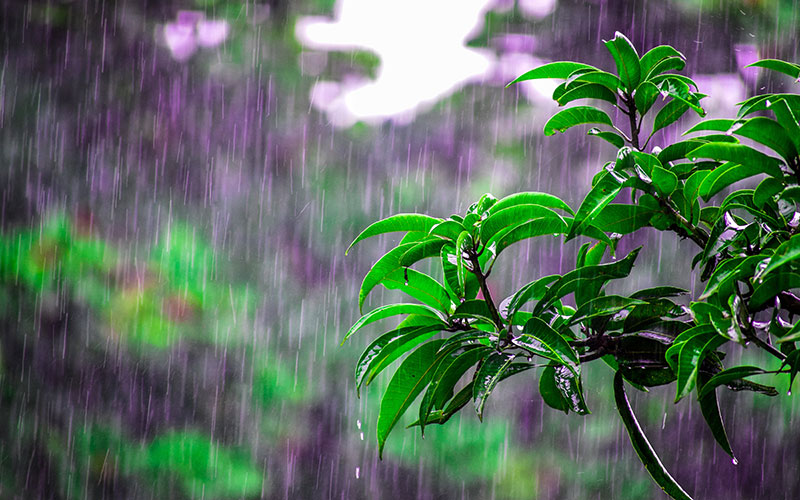
23 Feb Caring For Trees After A Storm
With the changing weather comes many types of storms –– winter storms, ice storms, thunderstorms and even simple rain storms. Any of these storms invite the possibility of leaving your trees vulnerable and damaged.
Whether storm damage causes scattered, loose or hanging branches, or a fallen tree, your best bet remains proper repair or removal by professionals. Tree care professionals have the necessary skills, tools and experience to handle a wide range of tree repairs and removal safely. However, there are several things you can do to help your trees after a storm.
Before anything, take safety precautions. Check that the surrounding area is safe. Be very mindful of fallen power lines or dangerous hanging branches that look like they might fall. Avoid any downed utility, telephone or cable lines. Fence wires can also become electrically charged when there are fallen electrical lines making contact somewhere. Also avoid walking under any loose or damaged branches.
Secondly, remove any small broken branches attached to the tree. Ideally, smaller branches should be removed at the point where they join larger branches. This process minimizes the risk of decaying agents entering the wounded areas on the tree and helps the tree heal faster.
Next, remove and repair torn bark from the tree. This improves the appearance of the tree and eliminates hiding places for harmful insects. Carefully use a chisel or sharp knife to smooth the ragged edges where bark has been damaged. Try to avoid exposing any more cambium — greenish inner bark — than necessary.
Remember not to over-prune when caring for your trees after a storm. With branches missing your tree may look unbalanced. However, with time and healing your trees will regain their natural appearance.
In preparation for future storms do not top your trees. Often people believe that cutting back and reducing the length of all branches will help avoid future damage in storms. However, the process of cutting main branches back to stubs — also called topping — can actually do more harm than good. Stubs tend to grow back into weak and small branches leaving room for more possible damage. Topping the tree will also reduce the amount of foliage and resources available. Therefore eliminating necessary food and nutrients that trees need for regrowth and repair. A topped tree that has sustained major storm damage is likely to die rather than repair itself.
For more information on caring for trees after a storm from the experts at M&A All Seasons Tree Service, please contact us here or call us directly at 616.604.0501.



